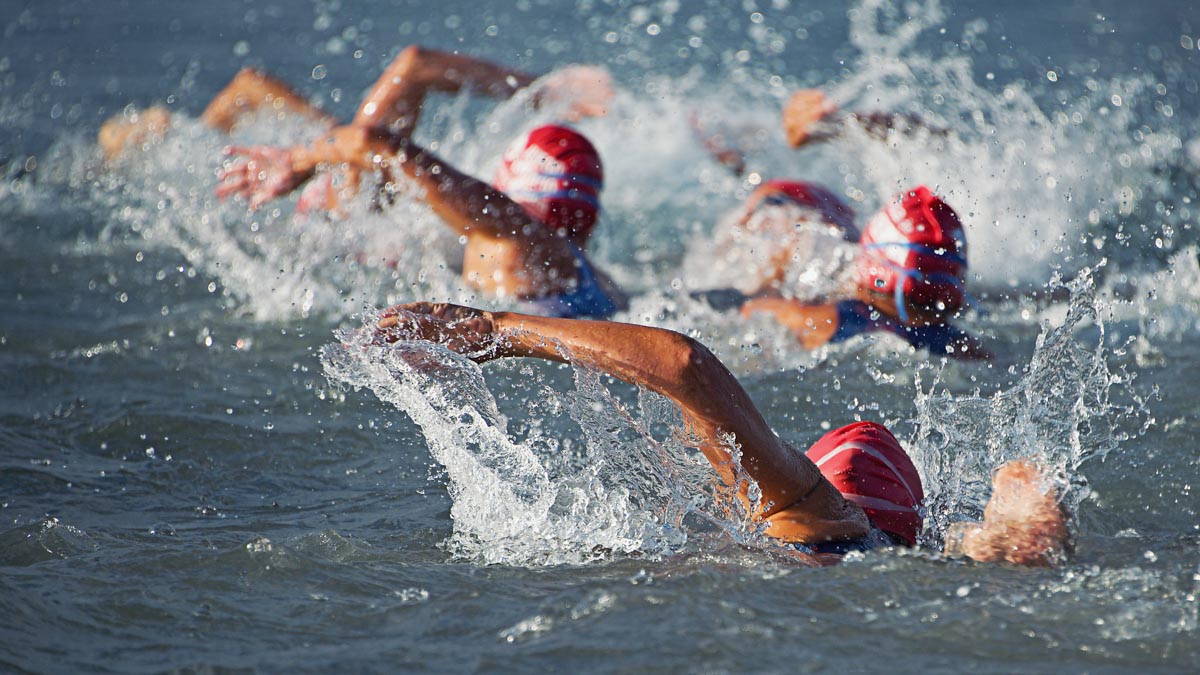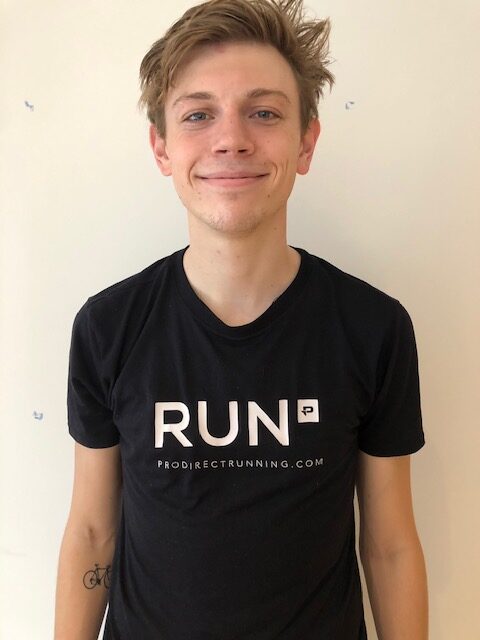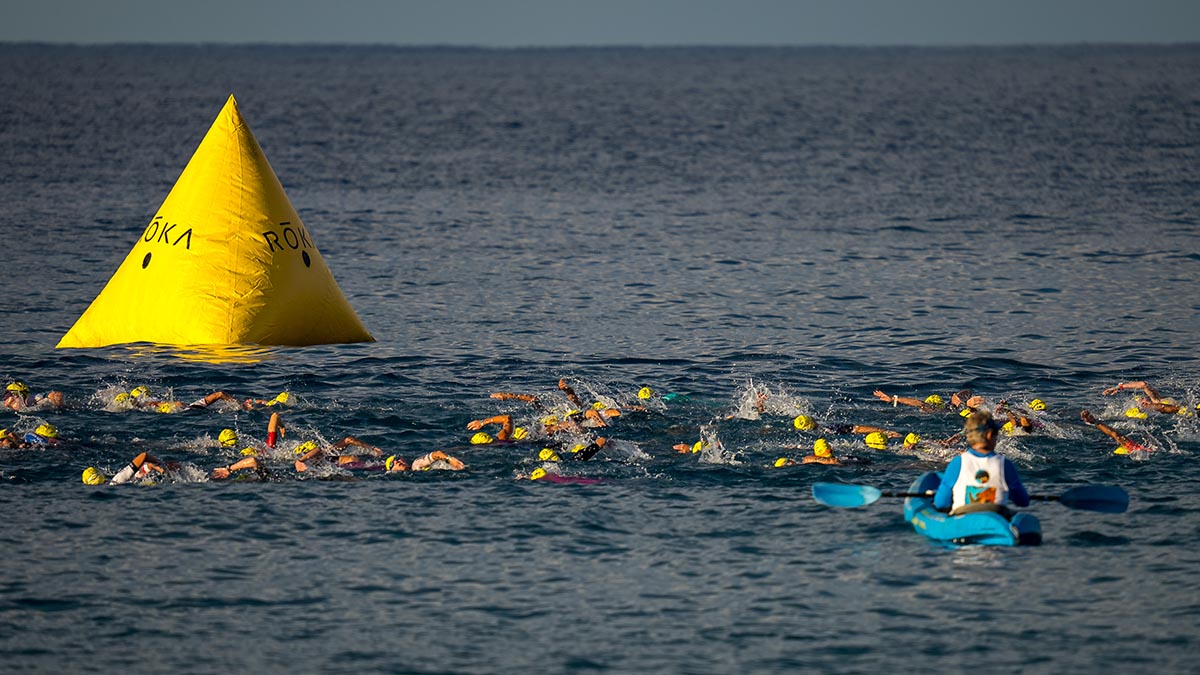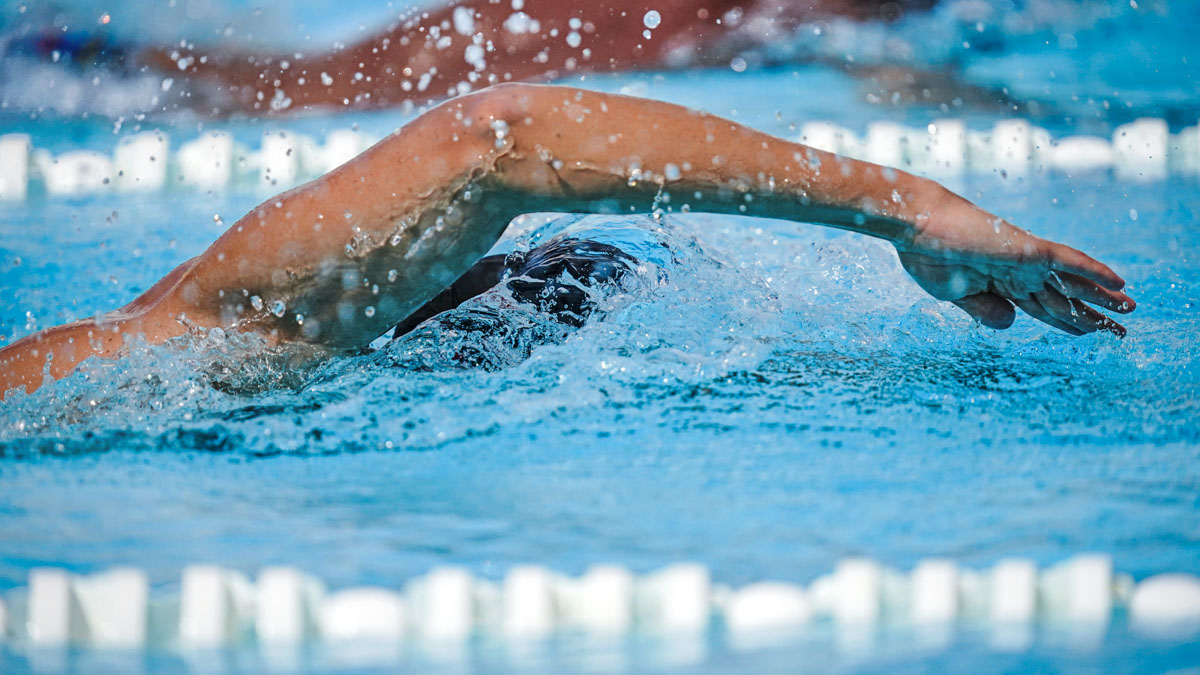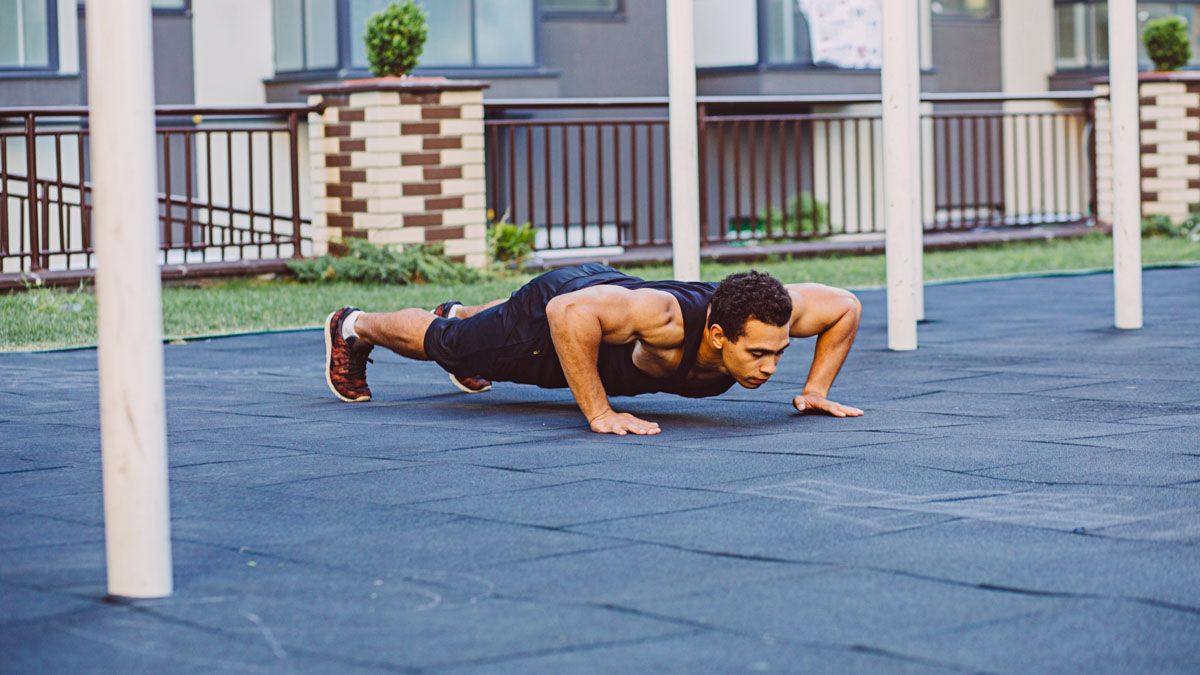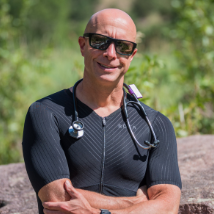Lance Armstrong once said that draft-legal triathlon was a “Shampoo, a blow-dry and a foot race.” This is an accurate assessment of a few ITU races, but anyone who has ever raced one will know that it’s not always the case. Recently, ITU athletes have been moving up to long course racing and performing very well. Athletes such as Gustav Iden, Alistair Brownlee and Jan Frodeno, are the obvious examples. The strength within ITU racing is being shown with Brits like James Teagle and Adam Bowen performing well this year and athletes that race across disciplines such as Taylor Knibb and Ben Kanute.
It’s clear that ITU racing does not just create “swim-runners” and that it produces some very well-rounded athletes. There are a few standout ways these athletes gain skills in the draft-legal races and maximize them on the long courses.
Faster Swimming
There’s no doubt that you can make it as a top-level long course athlete while being an average swimmer. This is simply because the swim takes up roughly 10% of the race and making it into the lead group is less important. If you can’t swim in ITU racing, you can’t race. Does anyone remember Cam Wurf’s ITU debut? Racing draft-legal forces you to put a real emphasis on swim training. There is no other option other than to make the pack.
Quick T1 Transitions
A rubbish T1 can undo a great swim—this has happened to me, so I’m speaking from experience. Being quick in transition is essential across all disciplines of triathlon. Even in a middle distance, 20-seconds saved in T1 is 1.5 seconds per mile in the run. This could absolutely be the difference between an age group podium or not. Making the pack is vitally important at the sharper end of the field. Even if there’s a 12-mile distance, you can get an advantage on the wheels of other racers. The introduction of ITU athletes to long course racing has made transition faster, with many top pros now ditching socks for the half-marathon in 70.3 racing.
Bike Handling Skills
Anyone who has ridden a criterium—another thing triathletes should do—will know that watts are not the only important skill when riding a bike. Being technically proficient on a bike is something ITU athletes are head and shoulders above long course athletes in. Professional cyclist and Ironman Champion Cam Wurf has said that he’s “not the strongest” cyclist on the start line. Still, his use of the road, attention to detail and speed through the corners are some of the reasons he consistently sets bike course records in Ironman racing. On top of that, there are the physiological demands of the stop-start racing that is draft-legal triathlon. The ability to go over threshold and recover quickly enough to do it again builds strong cyclists – it’s more like the demands needed in professional cycling.
Draft-legal racing produces fast swimmers, well-drilled triathletes and technically proficient cyclists. We shouldn’t be surprised that these athletes move into long course racing and do well. Racing draft-legal competition can bring on these racing skills for age-group racers, too, making them faster and better drilled in non-drafting race formats all the way to Ironman distance. If your athletes are looking to find more ways to improve their times, working on the skills needed for a draft-legal triathlon and racing them could provide some new gains.
